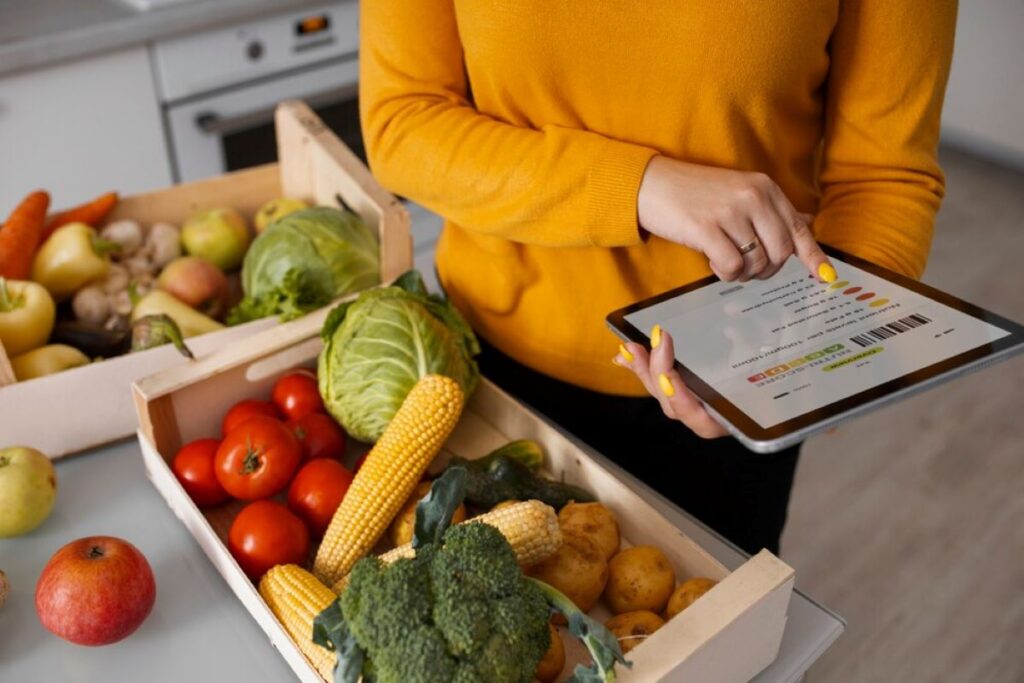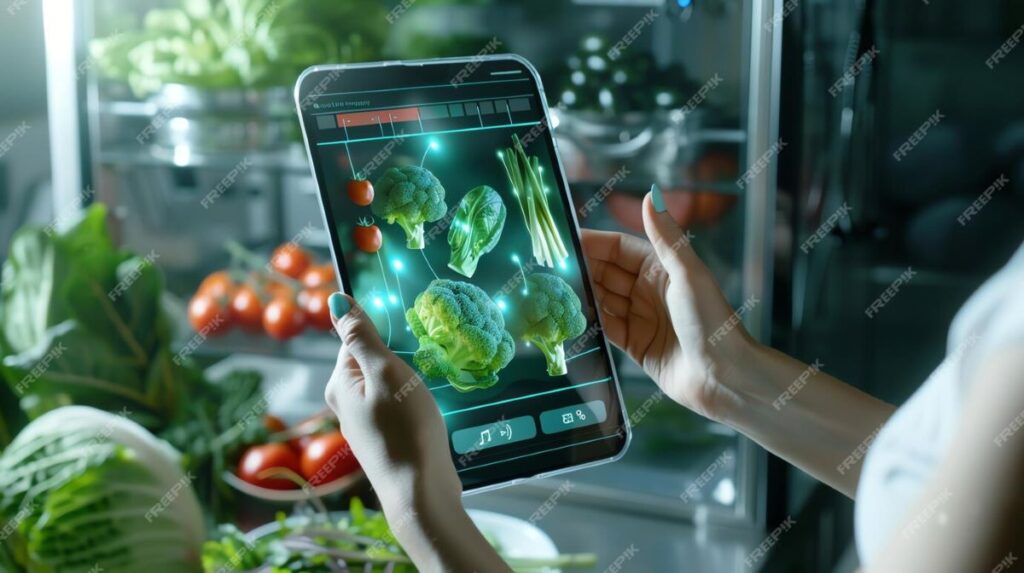In the food industry, maintaining the correct temperature is crucial for ensuring food safety and quality. Temperature monitoring systems play a vital role in this process, helping businesses comply with regulations and maintain high standards. With numerous options available, selecting the right temperature monitoring system can be a daunting task. This article delves into various systems, comparing their features, benefits, and suitability for different food industry applications.
Understanding the Importance of Temperature Monitoring
Temperature control is essential in the food industry, as improper temperature can lead to food spoilage, contamination, and even foodborne illnesses. The consequences of failing to monitor temperatures can be severe, including financial loss, legal ramifications, and damage to a business’s reputation. In a sector where trust is paramount, the ability to guarantee the safety and quality of food products is not just a regulatory requirement but a fundamental aspect of customer service.
Temperature monitoring systems help ensure that food products are stored and transported within safe temperature ranges. They provide real-time data, allowing businesses to react promptly to any deviations, thus safeguarding both the product and the consumer. With advancements in technology, many of these systems now offer remote monitoring capabilities, enabling managers to oversee temperature fluctuations from anywhere, thus enhancing operational efficiency and response times.
Regulatory Compliance
Food businesses are subject to strict regulations regarding food safety. Temperature monitoring systems assist in maintaining compliance with these regulations, such as those set by the Food Standards Australia New Zealand (FSANZ). Regular monitoring and documentation of temperatures can help businesses avoid penalties and ensure they meet industry standards. Moreover, these systems often come equipped with alert features that notify staff immediately when temperatures exceed safe thresholds, allowing for swift corrective actions that can prevent costly losses.
Quality Assurance
Beyond compliance, temperature monitoring systems contribute to overall quality assurance. By maintaining optimal temperatures, businesses can preserve the freshness and flavour of their products, leading to higher customer satisfaction and repeat business. This is particularly crucial in sectors such as the dairy and meat industries, where even slight deviations can compromise product integrity. Furthermore, consistent temperature control can enhance the shelf life of products, reducing waste and maximising profitability, which is vital in an increasingly competitive market.
In addition to these practical benefits, effective temperature monitoring can also serve as a marketing tool. Businesses that can demonstrate their commitment to food safety and quality through transparent temperature tracking are likely to build stronger relationships with their customers. Consumers today are more informed and concerned about food safety than ever before, and showcasing robust monitoring practices can differentiate a brand in a crowded marketplace, fostering loyalty and trust among discerning consumers.
Types of Temperature Monitoring Systems
There are several types of temperature monitoring systems available, each with its own set of features and functionalities. Understanding these types can help businesses choose the most suitable system for their specific needs.
Manual Monitoring Systems
Manual monitoring systems involve regular checks of temperature using handheld thermometers. While this method is straightforward and low-cost, it is labour-intensive and prone to human error. Manual systems are often suitable for small businesses or those with limited budgets, but they may not provide the level of accuracy and reliability needed for larger operations.
Digital Data Loggers
Digital data loggers are more advanced than manual systems, offering automated temperature recording. These devices can store temperature data over time, providing businesses with a comprehensive record of temperature fluctuations. Many digital loggers come with alarm functions that alert users to any deviations from set temperature ranges, allowing for immediate corrective action.
Wireless Temperature Monitoring Systems
Wireless temperature monitoring systems represent the latest advancement in temperature control technology. These systems utilise sensors that communicate wirelessly with a central hub, providing real-time data accessible via smartphones or computers. This remote monitoring capability allows businesses to keep an eye on temperatures from anywhere, making it an ideal choice for larger operations or those with multiple locations.
Key Features to Consider
When comparing temperature monitoring systems, several key features should be taken into account to ensure the chosen system meets the specific needs of the business.

Accuracy and Calibration
Accuracy is paramount in temperature monitoring. A system that provides precise readings can prevent costly mistakes and ensure food safety. Look for systems that offer calibration options, allowing users to adjust the readings based on specific requirements or standards.
Data Storage and Reporting
Data storage capabilities are essential for businesses that need to maintain records for compliance purposes. Many systems provide options for cloud storage, enabling easy access to historical data. Additionally, reporting features can simplify the process of generating compliance reports and identifying trends over time.
Alarm and Notification Systems
Alarm systems are critical for alerting users to temperature deviations. Whether through audible alerts, text messages, or emails, timely notifications can help businesses take immediate action to rectify any issues. When evaluating systems, consider the types of alerts offered and the flexibility to customise alarm settings based on specific needs.
Comparing Costs and Budget Considerations
Cost is a significant factor when selecting a temperature monitoring system. Businesses must weigh the initial investment against the potential benefits, such as reduced spoilage and compliance with regulations.
Initial Investment vs. Long-Term Savings
While manual systems may seem more cost-effective initially, the long-term savings associated with digital and wireless systems can outweigh the upfront costs. Automated systems reduce labour costs and minimise the risk of human error, ultimately leading to better product quality and safety.
Return on Investment (ROI)
Calculating the return on investment for a temperature monitoring system involves considering factors such as reduced spoilage, improved compliance, and enhanced customer satisfaction. Investing in a reliable system can lead to significant savings over time, making it a wise choice for businesses looking to thrive in the competitive food industry.
Case Studies: Successful Implementations
Examining real-world examples of temperature monitoring systems in action can provide valuable insights into their effectiveness and benefits.
Case Study 1: A Large Supermarket Chain
A large supermarket chain implemented a wireless temperature monitoring system across its multiple locations. The system provided real-time data and alerts, allowing managers to respond quickly to any temperature deviations. As a result, the chain reported a 30% reduction in spoilage and significant savings on compliance-related costs.
Case Study 2: A Small Bakery
A small bakery opted for a digital data logger to monitor its refrigeration units. The system allowed the owner to track temperature fluctuations throughout the day, ensuring that products remained fresh. The bakery owner noted an increase in customer satisfaction and a decrease in food waste, highlighting the system’s positive impact on the business.
Choosing the Right System for Your Business
With various temperature monitoring systems available, selecting the right one requires careful consideration of the specific needs and circumstances of the business.
Assessing Business Needs
Before making a decision, businesses should assess their unique requirements, including the size of their operation, the types of products being stored, and any regulatory obligations. Understanding these factors will help narrow down the options and identify the most suitable system.

Seeking Expert Advice
Consulting with industry experts or suppliers can provide valuable insights into the best temperature monitoring systems for specific applications. They can offer guidance based on experience and knowledge of the latest technologies, ensuring businesses make informed decisions.
The Future of Temperature Monitoring in the Food Industry
The food industry is continually evolving, and so are temperature monitoring technologies. Emerging trends, such as the integration of artificial intelligence and the Internet of Things (IoT), are set to revolutionise how businesses monitor and manage temperatures.
AI and Predictive Analytics
Artificial intelligence can analyse historical temperature data to predict potential issues before they arise. By identifying patterns and anomalies, businesses can take proactive measures to prevent temperature deviations, further enhancing food safety and quality.
IoT Integration
The Internet of Things enables seamless connectivity between temperature monitoring systems and other business operations. This integration allows for more comprehensive data analysis and streamlined processes, ultimately improving efficiency and decision-making.
Conclusion
Temperature monitoring systems are an indispensable part of the food industry, ensuring safety, compliance, and quality. By understanding the various types of systems available, key features to consider, and the potential return on investment, businesses can make informed decisions that benefit their operations. As technology continues to advance, staying abreast of new developments will be crucial for maintaining a competitive edge in this vital sector.
Investing in a reliable temperature monitoring system is not just about compliance; it is about safeguarding products and building trust with consumers. The right system can lead to improved efficiency, reduced waste, and ultimately, a more successful business.
Related : Smart Sensors and the Future of Food Temperature Monitoring
